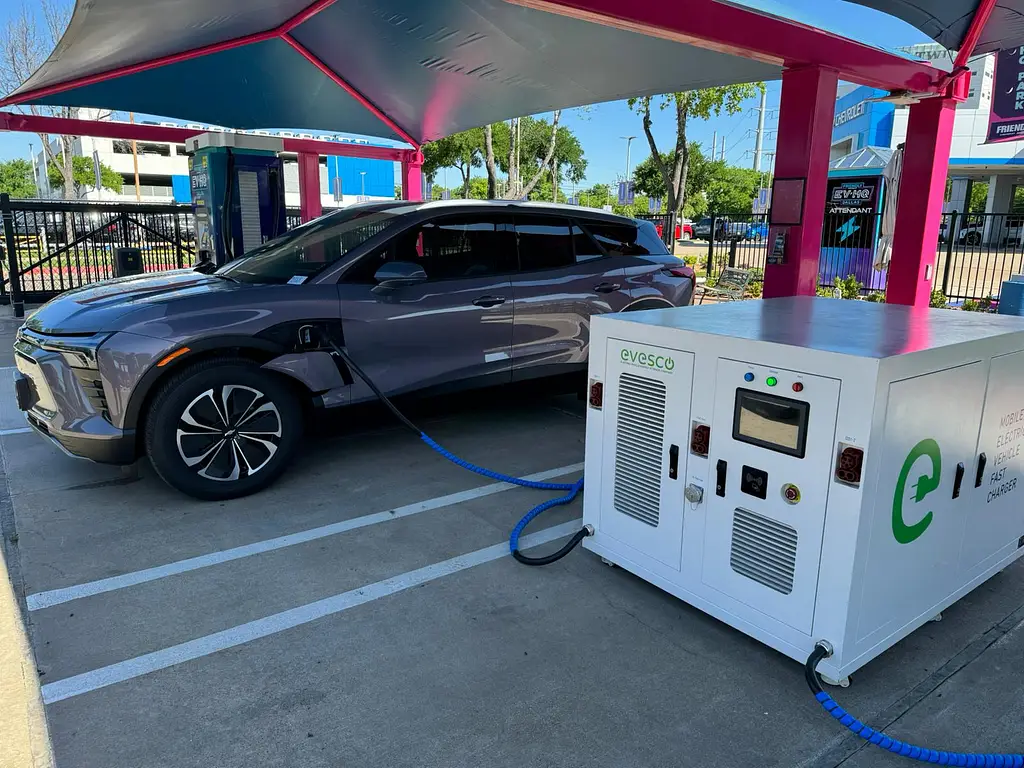When considering car insurance, drivers ought to acquaint themselves with two main types of coverage – Liability insurance and Type 1 insurance. While both serve fundamental purposes, it’s essential to understand the significant differences between them, knowledge every driver should possess.
- Liability insurance
Liability insurance stands as an obligatory form of car insurance across numerous states. This particular coverage safeguards you if you are deemed liable for damages and injuries to another driver and their passengers resulting from an accident you caused.
The minimum liability coverage levels required by law vary by state, but they typically range from $25,000/$50,000/$20,000 up to $100,000/$300,000/$100,000. The first number represents the maximum payout for bodily injury per person, the second is the maximum for bodily injury per accident, and the third is the maximum payout for property damage. It’s important to note that liability insurance only covers damages and injuries to the other party. It does not provide any coverage for your vehicle or medical expenses. That’s where Type 1 insurance comes into play.
- Type 1 insurance
Type 1 insurance, also known as “full coverage,” is an optional form of car insurance that provides more comprehensive protection for the policyholder. In addition to liability coverage, Type 1 insurance typically includes the following:
- Comprehensive coverage – This coverage pays for damage to your vehicle not caused by a collision, such as theft, vandalism, natural disasters, or hitting an animal.
- Personal injury protection (PIP) – This coverage pays for your medical expenses and lost wages if you are injured in an accident, regardless of who is at fault.
- Underinsured motorist coverage – This coverage pays for your medical expenses and damages if you are involved in an accident with a driver without insurance or insufficient insurance.
The cost of Type 1 insurance is generally higher than the cost of basic liability coverage, but it provides much more protection for the policyholder. It’s essential to weigh the additional cost against the potential benefits of having more comprehensive coverage.
Critical differences between liability and type 1 insurance
- Coverage scope – As mentioned earlier, liability insurance only covers damages and injuries to the other party in an accident where you are at fault. Type 1 insurance covers your vehicle and medical expenses, regardless of who is at fault.
- Cost – Liability insurance is generally less expensive than Get Car Insurance Type 1 in Thailand. The cost of Type 1 insurance varies depending on factors such as the make and model of your vehicle, your driving history, and the coverage limits you choose.
- State requirements – In most states, drivers must carry at least a minimum level of liability insurance. Type 1 insurance, however, is optional and not required by law.
- Deductibles – Liability and Type 1 insurance policies typically have deductibles you must pay out-of-pocket before the insurance coverage kicks in. Deductibles for Type 1 insurance are generally higher than those for liability insurance.
- Coverage limits – Liability insurance has set coverage limits, as mentioned earlier, while Type 1 insurance offers more flexibility regarding coverage limits. You choose higher limits for collision, comprehensive, and other coverage options.
Take the time to research your options, and choose the coverage that best fits your needs. Doing so ensures that you are adequately protected on the road, no matter what life throws your way.




